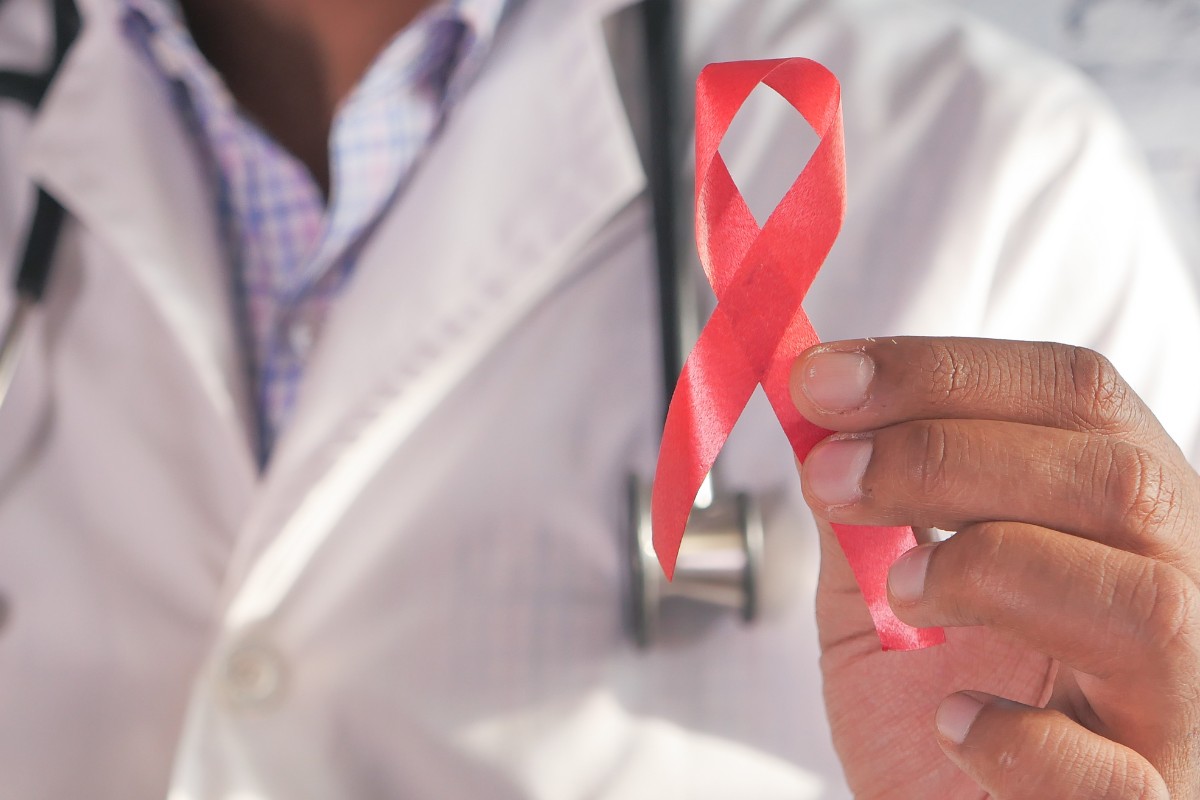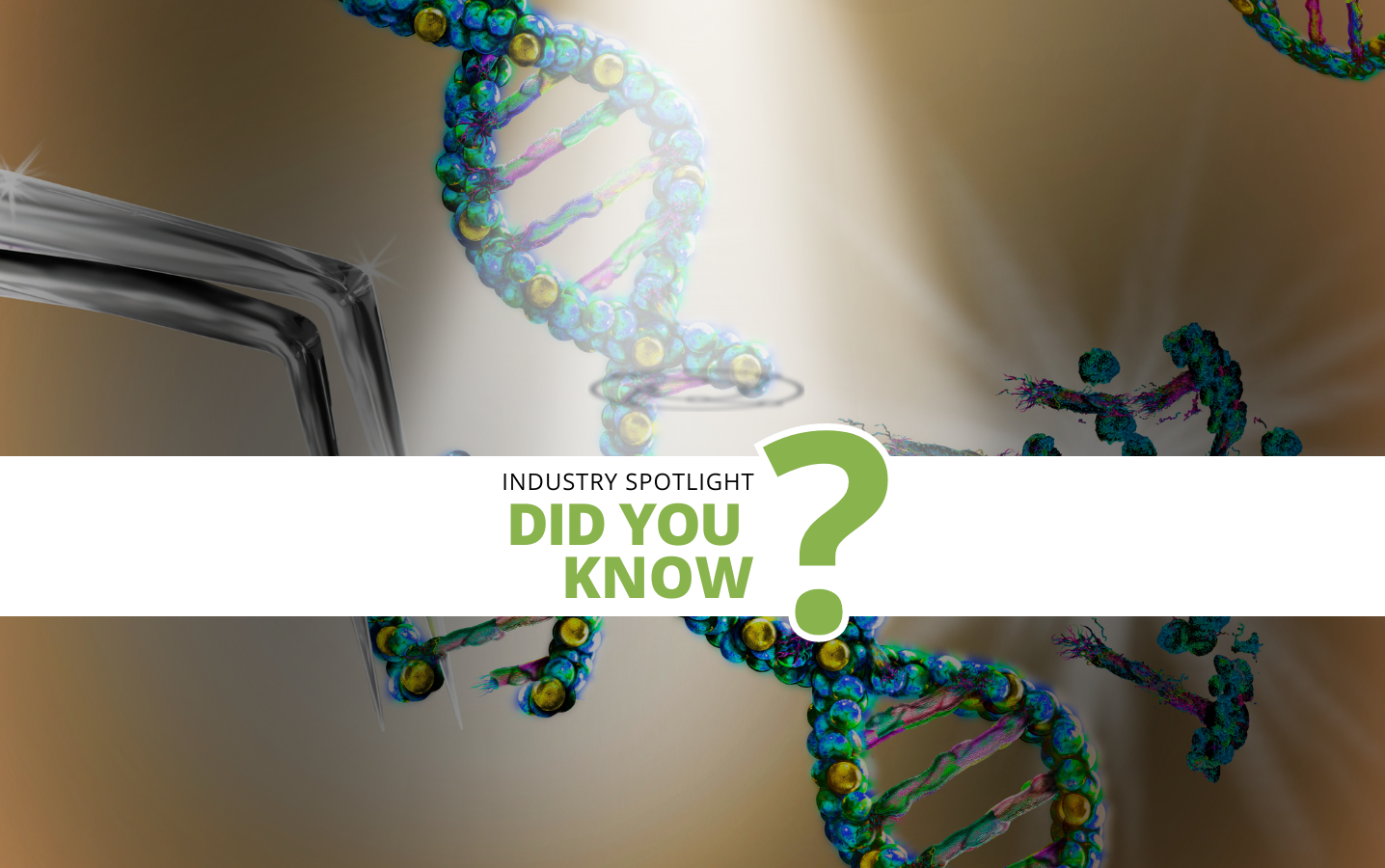Curing HIV with cell & gene therapy?

Thanks to the advent of antiretroviral therapies, many people with HIV (human immunodeficiency virus) can now expect to live as long as people without the virus. However, this has not ceased research on treatments for the disease.
RELATED:
- Viral Vectors in Molecular Biology and Gene Therapy
- Safety in Viral Vectors and Viral Clearance: Ensuring Efficacy and Security in Biopharmaceuticals
- Approved Gene Therapy Products Brought to Market Through the use of AI
There is no cure for HIV, meaning that those who have access to treatment will have to take it daily for the rest of their lives to maintain a low viral load. The undesirability of this fact, the side effects, the enormous cost of medicine to the patient, and the social stigma that sadly still persists around the disease, have all fuelled the mission to find a permanent cure.
Who is working on a cure?
In 2008, history was made when a bone marrow transplant made Timothy Ray Brown, “the Berlin patient”, the first person to be cured of HIV. However, the risk of graft-versus-host-disease, and the scarcity of suitable donors means that this method is unlikely to be a first-line treatment. As a result, so far, only five people have been cleared of HIV.
This has not deterred some companies with finding an alternative. Addimmune, a spinout of Maryland biotech American Gene Technologies, is tackling the quest for an HIV cure using cell and gene therapies. Their lead candidate AGT103-T has completed its Phase I clinical trial, the findings of which have been submitted to the FDA. The data from Phase I has been positive, and Phase II is now being designed with hopes of patients entering the clinic this year.
How does it work?
The first stage of the therapy is to perform leukapheresis on the HIV patient; taking 400ml of their blood. The patient’s CD4+ T cells are then sorted and modified using a lentiviral vector, which makes them immune to the HIV virus. Once the T cells are made immune to HIV, they are cultured and expanded one-thousand-fold: from about one million cells to a billion. Those immune cells are then transferred back into the patient’s blood.
Lentiviral vectors
The bone marrow transplant that was given to Timothy Ray Brown included T cells with a rare mutation, CCR5-Δ32, downregulating the receptor CCR5. This mutation was ultimately responsible for clearing the Berlin Patient of HIV. The virus is not able to infiltrate T cells without that receptor, and so the immune system is able to mount an effective response to pathogens.
This mutation is effectively what Addimmune hope to induce in their patients’ T cells. Addimmune’s lentiviral vector induces siRNA knockout, installing a gene which is able to block messages from the CCR5 gene. This downregulates CCR5 on the surface of T cells so that the HIV virus cannot infect them.
How close are we to an effective HIV gene therapy?
The Phase I trial for AGT103-T assessed the safety of the therapy in seven HIV-positive patients. Findings from Phase I were published in Frontiers in Medicine in November 2022. They found that “AGT103-T at low or high doses was safe and effective for improving host T cell immunity to HIV.” Furthermore, “No serious adverse events (AEs) were reported for participants infused with AGT103-T.”
Another, observational trial is currently enrolling which will invite recipients of AGT103-T to interrupt their antiretroviral therapy and assess the durability of the gene therapy. The company also hopes to begin Phase II in 2024 which will assess efficacy and further assess safety.
Addimmune are optimistic about their gene therapy, and are counting down to a cure for HIV. “We’re big believers in it. I’m sorry, we’re optimistic,” said Jeff Galvin, Founder and CEO of Addimmune.
He continued: “We’ve never promised that this is a cure, and I’ll look you right in the eye right now and tell you we can’t guarantee it, but I will tell you that I’m highly, highly confident of this.”
There are many clinical hurdles to leap at this stage before official licensing. If Addimmune are able to present positive efficacy data in Phase II, then they could be granted a limited Biologics License Agreement (BLA) which will allow them to offer AGT103-T to some patients commercially.
Until Phase II commences, we will have to wait and see. The hope remains high among people living with HIV, the prospect of a cure being able to drastically improve their quality of life.
Visit our Cell portal to read more articles on gene editing and the latest advances in cellular therapies. If you'd like to register your interest for our upcoming Gene Therapy Development 2024 >>
Related Resources







